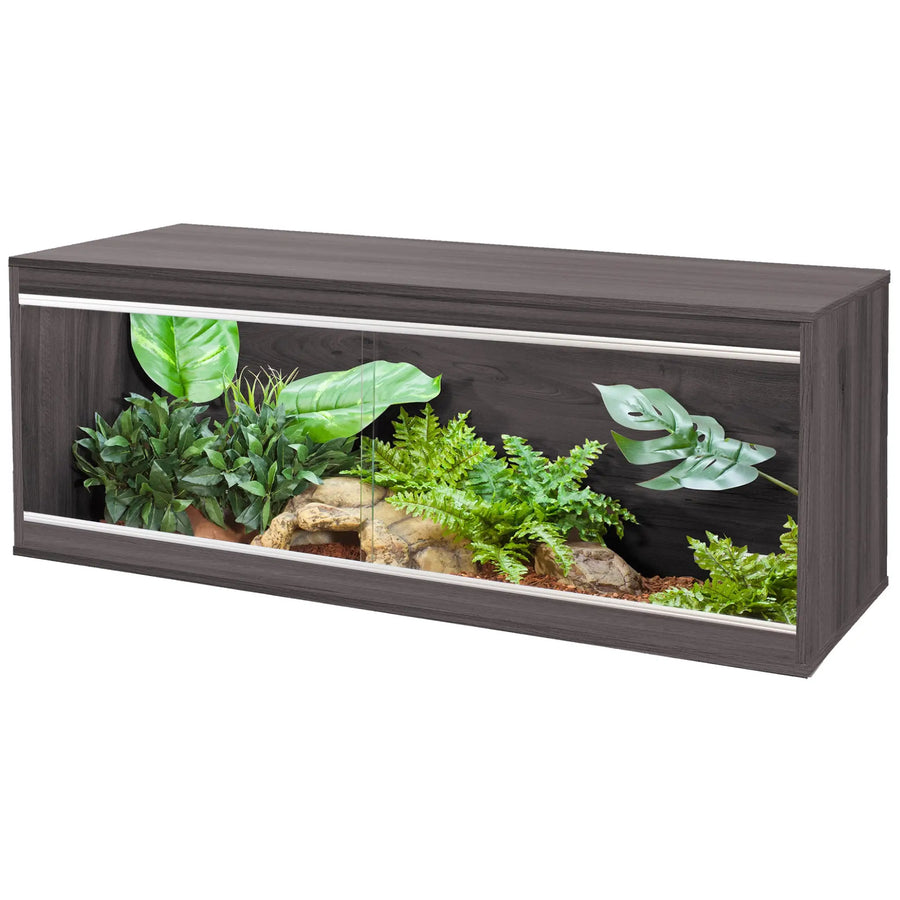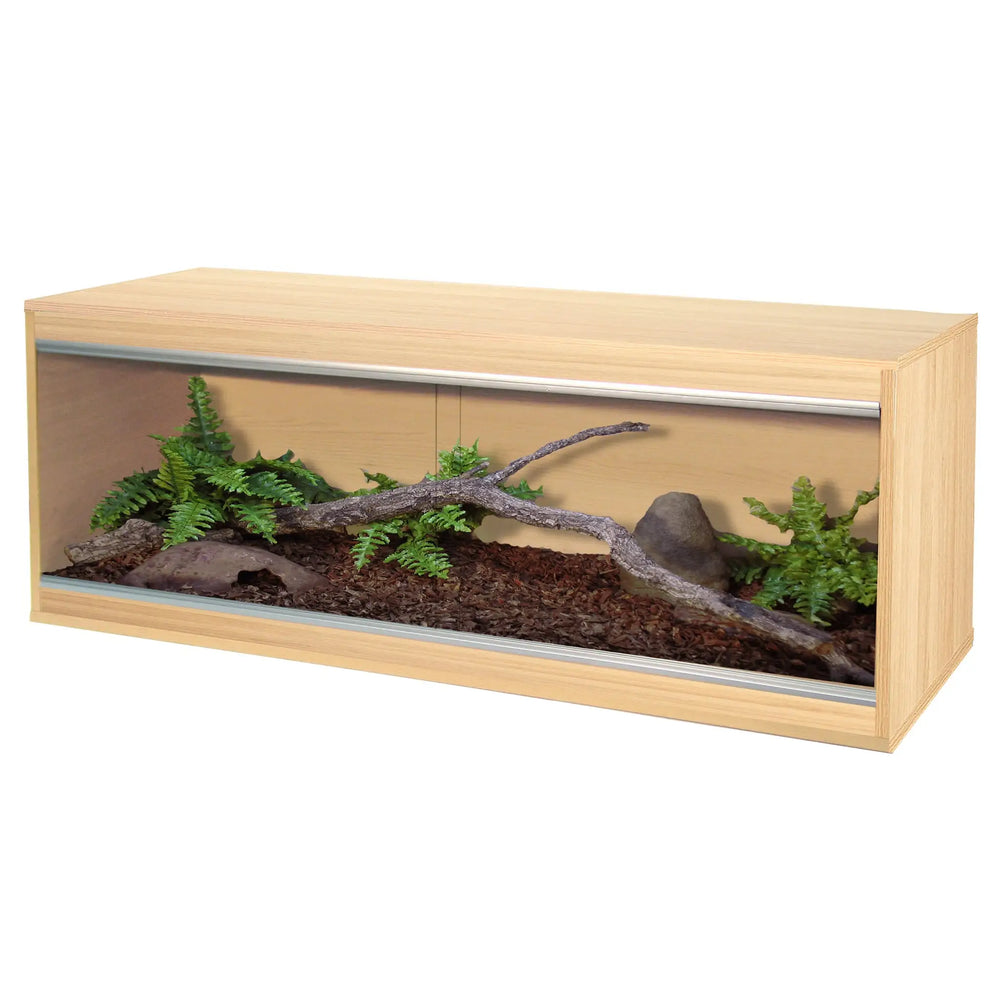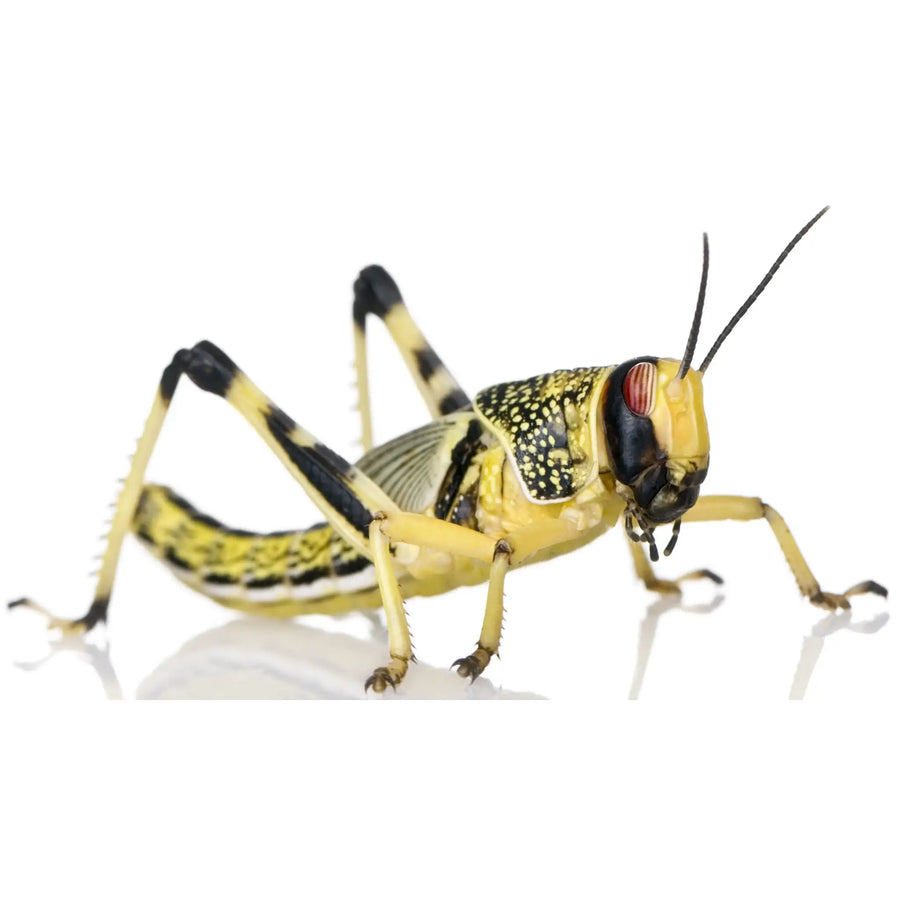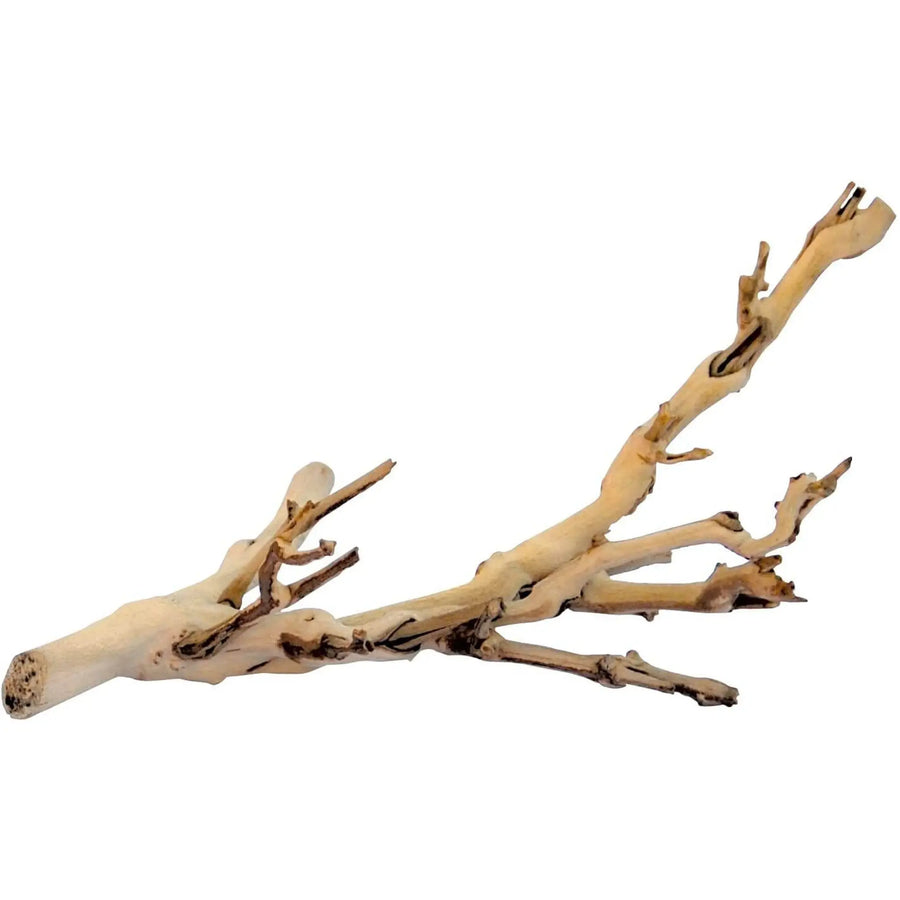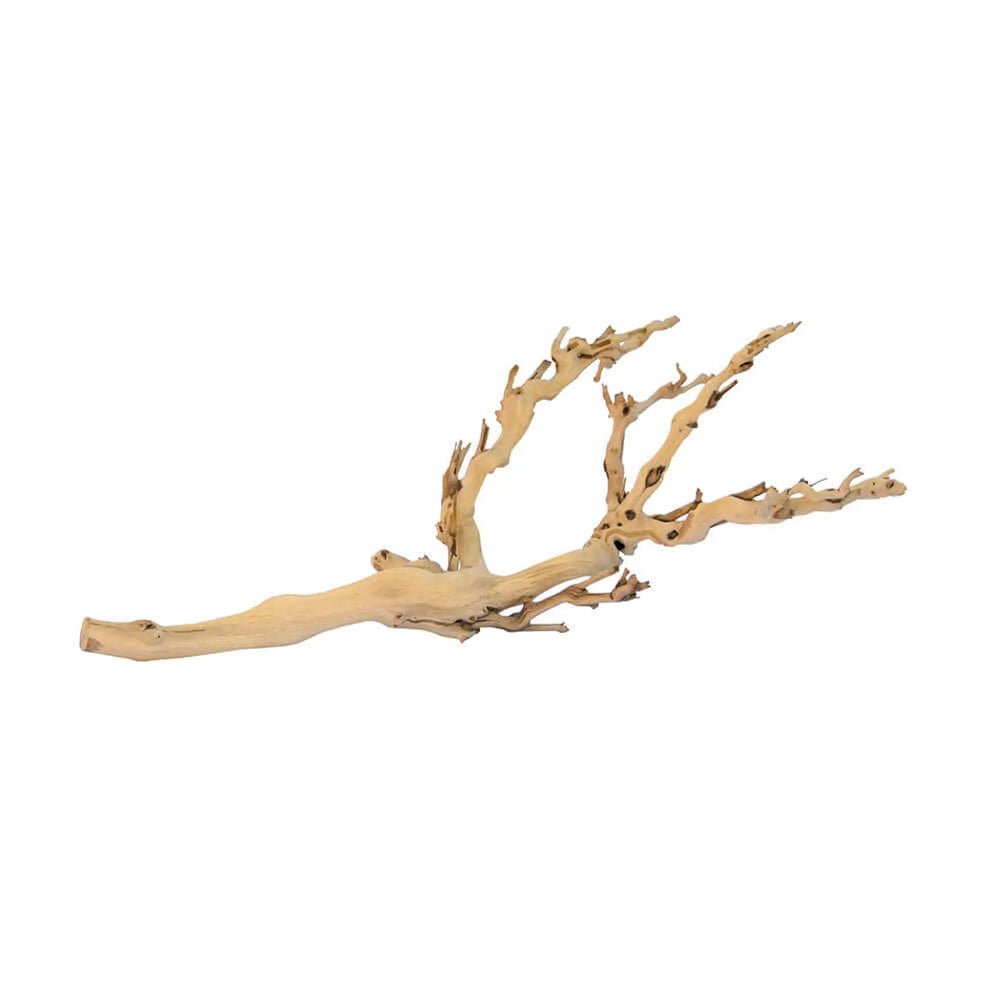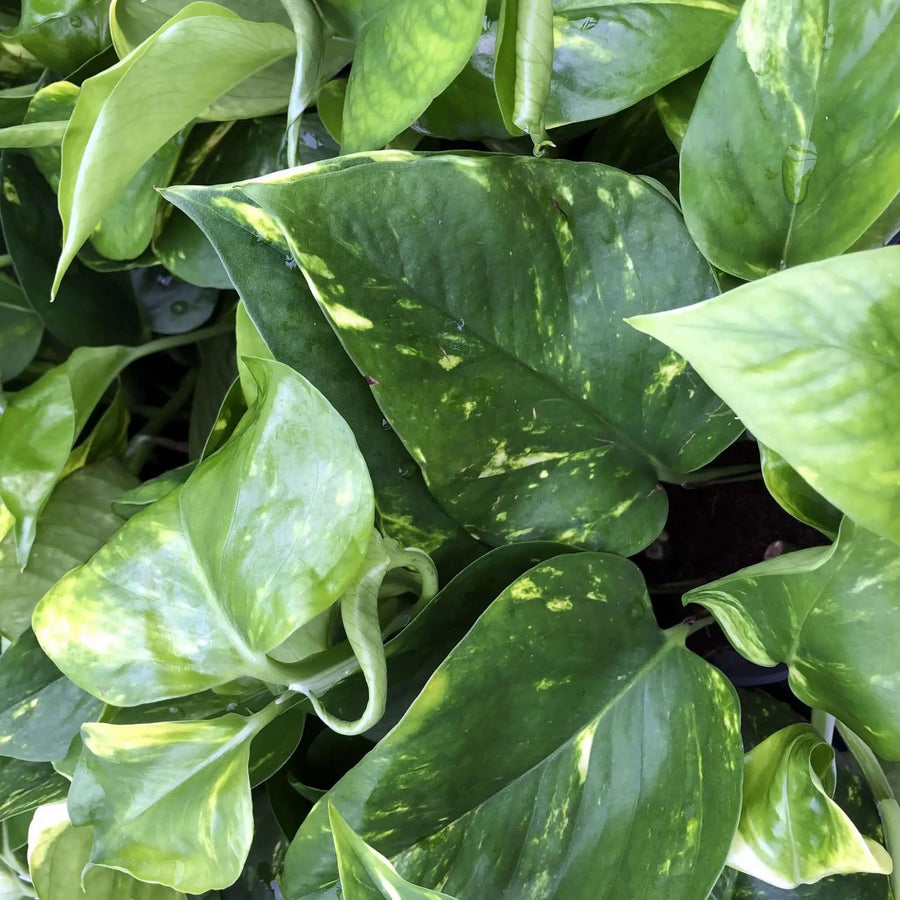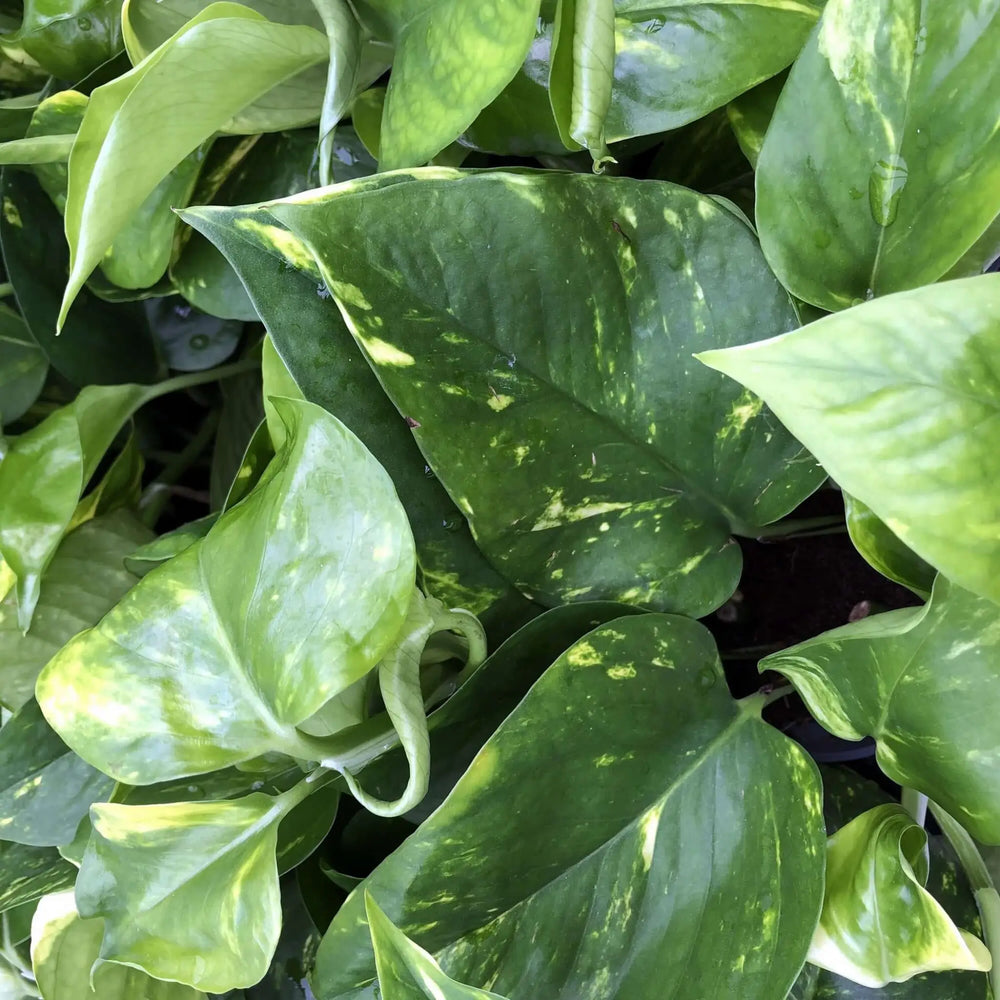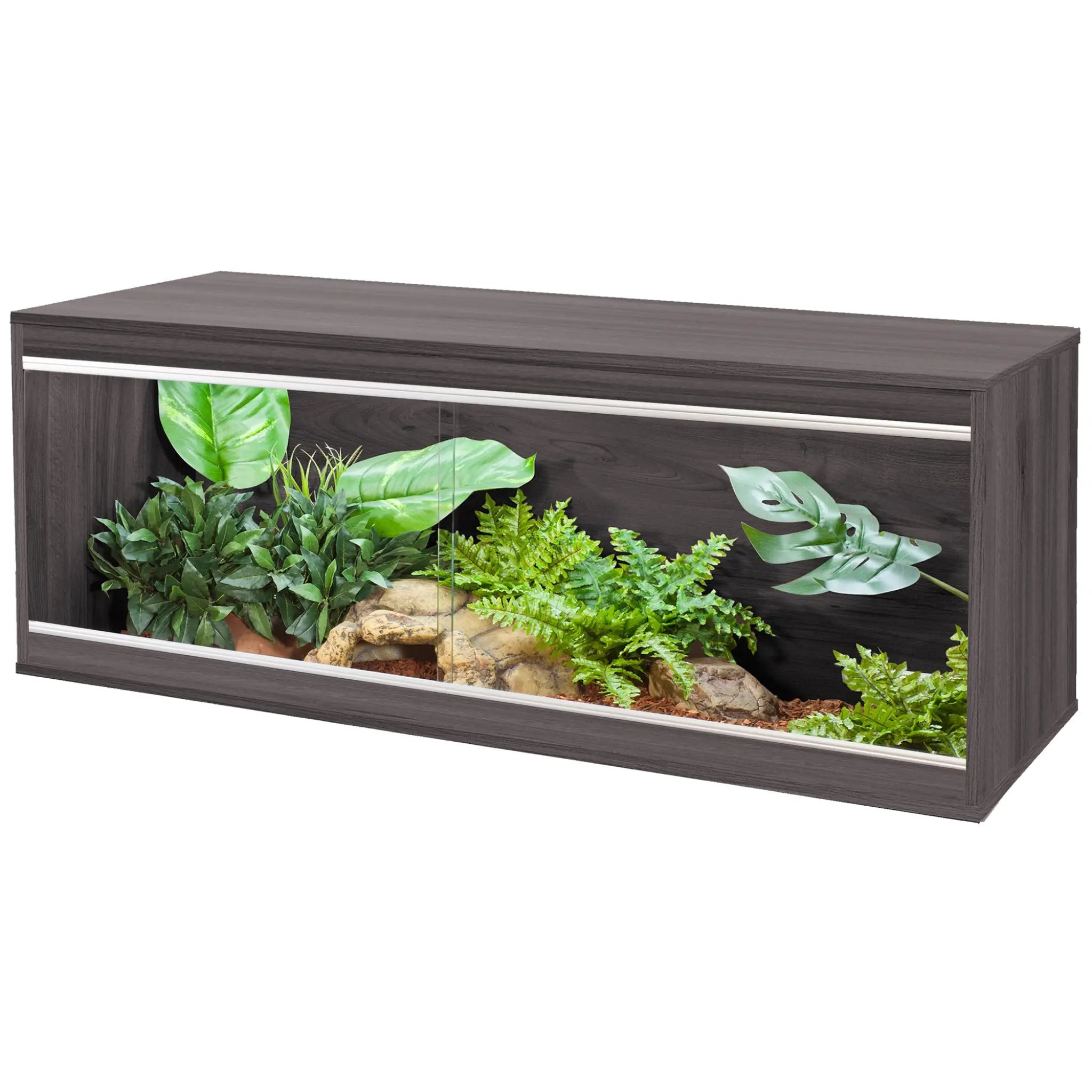
Caring for an Axolotl: 4 Essential Tips and Best Practices
by Luke Tansley on in Amphibians Guides
Caring for an axolotl can be a rewarding experience for both novice and experienced pet owners. These unique creatures, often referred to as the "Mexican walking fish," are neotenic salamanders, meaning they retain their larval features throughout their entire lives. To keep your axolotl happy and healthy, it’s essential to understand their specific needs, including proper tank setup, diet and maintenance.
An axolotl's tank should replicate the cool, natural waters of their habitat, with water temperatures maintained between 16°C and 18°C. Axolotls are solitary animals, so avoid placing them with an aggressive tank mate.
A cycled aquarium with good water quality is vital and frequent water tests are necessary to ensure optimal conditions. Fine sand or a bare bottom tank works best to prevent any injuries to their delicate skin.
Feeding your axolotl a balanced diet is key. Axolotls feed on a variety of foods including axolotl pellets, small dendrobaena worms and frozen bloodworms. Whether you’re keeping juvenile axolotls or adult axolotls, monitoring their health and adjusting their care as they grow is crucial for a vibrant and thriving pet.
1. Understanding the Axolotl

Axolotls are fascinating creatures, known for their unique abilities and appearance. Their lifelong aquatic nature and distinctive features make them a one-of-a-kind pet.
Scientific Classification and Natural Habitat
Axolotls belong to the species Ambystoma mexicanum, a type of salamander. They are native to Lake Xochimilco and Lake Chalco in Mexico. These lakes provide the cool, stable environment that axolotls thrive in.
They belong to the same family as tiger salamanders but differ significantly because they remain in water throughout their lives. This is largely due to a condition called neoteny, which prevents them from undergoing metamorphosis into a terrestrial state.
Physical Characteristics and Behaviour
Axolotls have a striking appearance with feathery gills protruding from each side of their heads. These gills are used to extract oxygen from the water. Common colours include wild-type (dark with golden speckles), white albino, golden albino and various shades of pink. In terms of size, they can grow up to 45 centimetres, but they usually are around 23 centimetres.
Their bodies are elongated with a broad head and a long tail that aids swimming. They have four sturdy limbs. Known for their regenerative abilities, axolotls can regrow limbs, spinal cord, heart and other organs. They are solitary animals but can coexist peacefully with others if adequately cared for.
2. Setting Up the Perfect Habitat

Creating the perfect habitat for your axolotl involves selecting the right tank, maintaining proper water quality and adding suitable decorations and plants. Each element helps ensure an environment where your pet can thrive.
Choosing the Right Aquarium
Start by choosing an aquarium that can comfortably house your axolotl. Aim for a tank that is at least 75 litres, as axolotls need plenty of space to move around. A lid is crucial to prevent your axolotl from escaping. Make sure the axolotl aquarium is wider than it is tall, as axolotls spend most of their time at the bottom.
Avoid using tanks that are too small, as this can lead to stress and poor health for your pet. If you decide to keep multiple axolotls, increase the tank size accordingly to prevent overcrowding.
Water Parameters and Quality
Maintaining proper water parameters is essential for the well-being of your axolotl. The water temperature should stay between 16-18°C. Use a good quality water conditioner to remove chlorine and other harmful chemicals from tap water before adding it to the tank.
Consistently monitor the water quality using a water test kit. The pH level should be between 6.5 and 8. Ammonia, nitrite and nitrate levels should all be very low. Regular water changes, about 20-30% each week, help maintain these parameters and ensure a healthy environment.
Substrate and Decorations
Choosing the right substrate and decorations can significantly impact your axolotl's health. A fine sand substrate is ideal, as it is less likely to cause digestive issues if ingested by your axolotl. Avoid gravel, as it can be swallowed and lead to blockages, especially if it’s smaller than the axolotl’s head.
In terms of decorations, the aquarium should include hiding places such as caves, flower pots or PVC pipes. These offer shelter and make your pet feel secure. Adding artificial plants or low-light aquatic plants can also provide additional cover without needing intense light.
Plants and Lighting
Live plants are beneficial for your axolotl's tank as they help oxygenate the water and provide natural hiding spots. Choose low-light plants like Java fern, Anubias or moss balls, as axolotls prefer dim environments. Artificial plants can be used as an alternative if maintaining live plants proves challenging.
Lighting should be kept minimal to imitate the axolotl's natural habitat. Use aquarium lights that are not too bright and only keep them on for a few hours each day. Excessive light can stress your axolotl and promote algae growth.
3. Axolotl Care and Maintenance

Caring for an axolotl involves providing the right diet, maintaining their health to prevent diseases and understanding their social and handling needs. Proper care ensures these unique aquatic creatures thrive in your home.
Feeding and Diet
Axolotls are carnivores and need a protein-rich diet. You can feed them with earthworms, bloodworms and brine shrimp. These foods are nutritious and readily available at most pet stores. Axolotl pellets specially formulated for them are also a good option.
Feed your axolotl two to three times a week. Ensure the food is appropriately sized to avoid any risk of choking. Be sure to remove any uneaten food from the tank to maintain water quality. They prefer live or frozen foods over dried options.
Health and Diseases
Axolotls can be prone to various infections and diseases. Common problems include bacterial infections and parasites. Water quality is crucial; poor conditions can lead to health issues like heat stress and intestinal blockage.
Use a water test kit to monitor parameters such as pH and ammonia levels. If you notice your pet behaving unusually or showing signs of distress, consult a vet experienced with aquatic animals.
Handling and Social Needs
Axolotls are solitary animals and generally do not require social interaction. They can become stressed if handled too often. When you need to move or handle your axolotl, do so gently using a soft net to avoid damaging their delicate gills.
Some species can coexist with other axolotls, but it's essential to separate younger axolotls from adults to prevent predation. Avoid keeping them with other types of tank mates that could harass or harm them. Always monitor for any signs of aggression or stress among multiple axolotls.
4. Common Questions About Axolotl Behaviour

Axolotls are unique creatures with distinct behaviours that fascinate both new and experienced owners. Understanding these behaviours, especially when it comes to health and conservation, can help in providing the best care for these aquatic pets.
Recognising Stress and Illness
Axolotls can show signs of stress and illness through various behaviours. Noticing these early can help in addressing issues before they become serious. Gills flapping every few seconds can be normal, but if it becomes too frequent, it indicates stress from poor water quality or temperature.
Floating can suggest trapped air in the gut or constipation. Ensure your axolotl is not struggling to stay submerged and check for signs like loss of appetite or lethargy, which could point to illness. Regularly test the water parameters of the axolotl tank to maintain a healthy environment, as they can become ill from water that is too hot.
The Importance of Conservation
Axolotls are a critically endangered species, native to Lake Xochimilco and Lake Chalco in Mexico. Efforts to conserve their natural habitat are crucial as urbanisation and pollution threaten their survival.
When choosing an axolotl as a pet, make sure you support ethical breeders who contribute to conservation efforts rather than the negative impact of pet trade. Supporting conservation not only aids in preserving this unique species but also encourages sustainable practices in how we appreciate and care for axolotls.
Contact Reptile Centre Today for More Information about Axolotl Care

If you’re looking to get an axolotl today, then you should check out our store at Bell Plantation Garden Centre in Towcester. We sell speckled axolotls, as well as other amphibians, like frogs and reptiles, such as chameleons, bearded dragons and geckos.
Additionally, we have all you need for axolotl care, including lighting, plants and food. This can help create the perfect environment for your axolotl. That said, if you still have any questions, feel free to contact us at 01604753823 or sales@reptilecentre.com.


